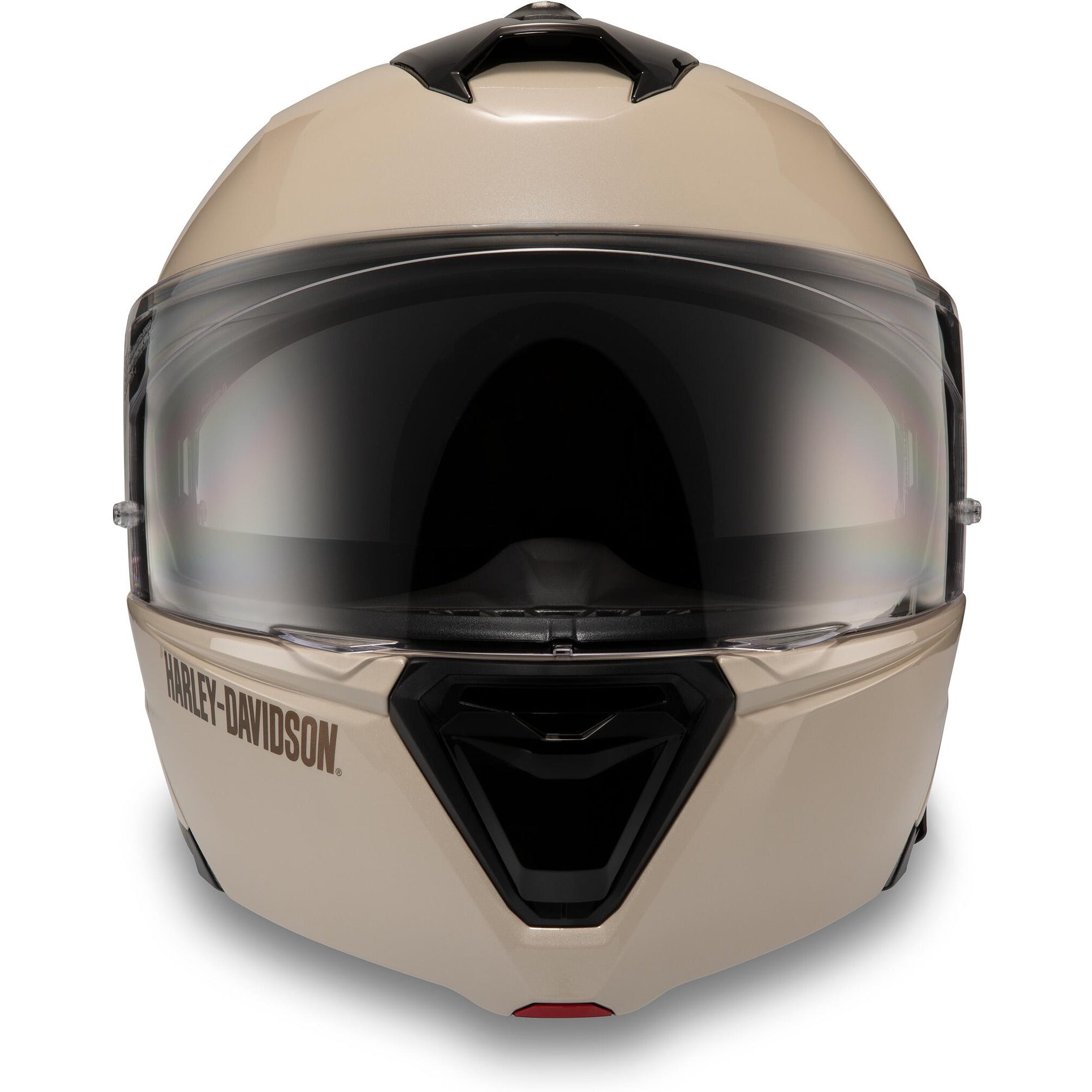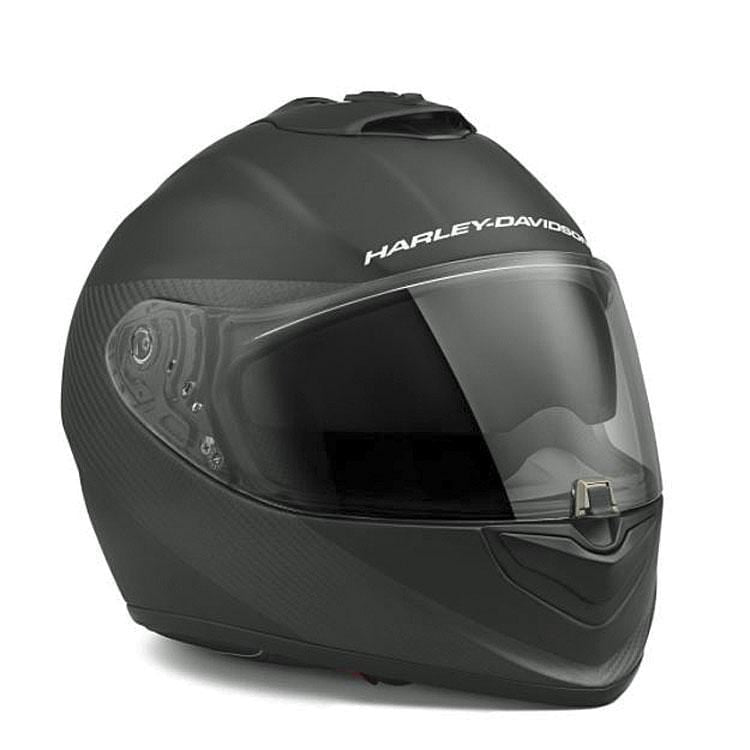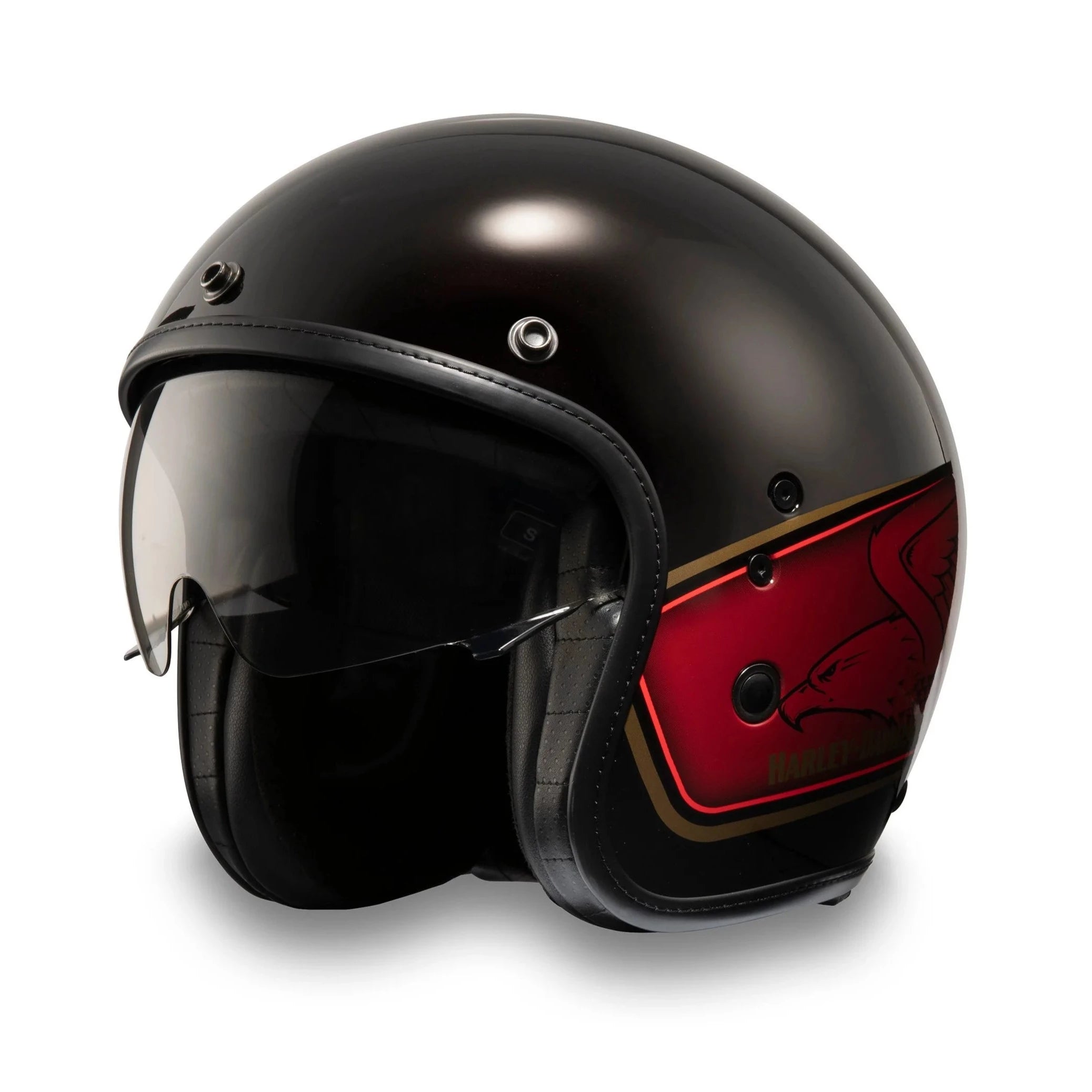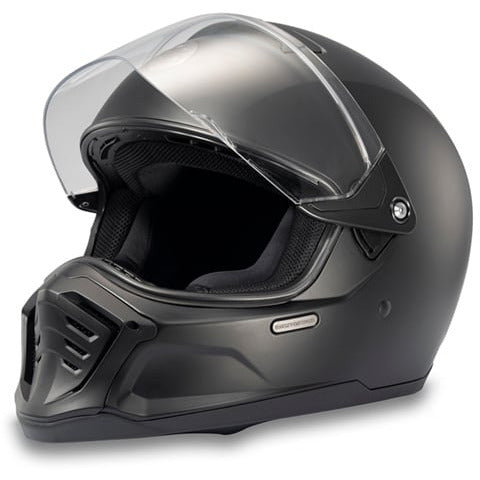Do Motorcycle Helmets Work?
Key Points:
- Helmets reduce motorcycle crash injuries and fatalities. - Helmet laws vary, but mandatory laws save lives. - Research shows helmets are effective in preventing head injuries. - Helmet use rates vary, influenced by social norms and enforcement. - Helmet standards ensure quality and safety.Do Motorcycle Helmets Work? Exploring the Evidence and Impact on Safety
Motorcycling, while exhilarating and liberating, carries inherent risks. As a responsible rider, understanding the importance of safety measures, particularly the effectiveness of motorcycle helmets, is crucial. This article aims to explore the evidence supporting the use of motorcycle helmets in preventing injuries and fatalities, examining helmet laws and regulations, and discussing factors influencing helmet use.
I. Introduction
A. Importance of Motorcycle Safety
Motorcycling is a popular mode of transportation and a recreational activity enjoyed by many worldwide. However, it is essential to recognize the associated risks. According to the National Highway Traffic Safety Administration, in 2020, motorcyclists accounted for 14% of all traffic fatalities in the United States, despite representing only 3% of registered vehicles.
B. Role of Helmets in Reducing Injuries and Fatalities
Helmets play a pivotal role in reducing the severity of head injuries and fatalities in motorcycle crashes. Research consistently demonstrates that wearing a helmet significantly increases the chances of surviving a motorcycle crash and reduces the risk of severe head trauma.
C. Thesis Statement:
This article explores the effectiveness of motorcycle helmets in preventing head injuries and fatalities, examining helmet laws and regulations, helmet use and compliance, helmet standards and testing, limitations and considerations, and concluding with the importance of helmet use and continued advocacy for motorcycle safety.
II. Helmet Laws and Regulations
A. Overview of Helmet Laws in Different Countries and Regions
Helmet laws vary across countries and regions, with some having mandatory helmet laws and others leaving it to the discretion of riders. In the United States, for example, helmet use is mandatory in only 19 states and the District of Columbia. However, even in states without mandatory helmet laws, many municipalities have their own helmet ordinances.

Title: HARLEY-DAVIDSON® CAPSTONE SUN SHIELD II H31 MODULAR HELMET-WHITE
Price: £247.33
SHOP NOW
B. Statistics and Studies on the Impact of Helmet Laws on Motorcycle Safety
Numerous studies have demonstrated the positive impact of helmet laws on motorcycle safety. A study conducted by the Insurance Institute for Highway Safety found that states with mandatory helmet laws had a 37% lower motorcycle fatality rate than states without such laws.
C. Arguments for and Against Mandatory Helmet Laws
Supporters of mandatory helmet laws argue that they save lives and reduce the financial burden on healthcare systems associated with motorcycle crash injuries. Opponents, on the other hand, believe that helmet laws infringe on personal liberties and that riders should have the right to choose whether or not to wear a helmet.
"Mandatory helmet laws have been proven to save lives and reduce the severity of head injuries in motorcycle crashes. It is a misconception that helmet laws infringe on personal liberties; rather, they protect the rights of all road users by reducing the burden of motorcycle crash injuries on the healthcare system and society."
- Dr. Richard Retting, Director of the Center for Injury Research and Policy at The Ohio State University
Title: HARLEY-DAVIDSON® HYDE WAY 120TH ANNIVERSARY X13 FULL FACE HELMET
Price: £224.85
SHOP NOW
III. Effectiveness of Helmets in Preventing Injuries and Fatalities
A. Research Studies and Data Analysis on the Effectiveness of Helmets in Reducing Head Injuries and Fatalities
Decades of research and data analysis have consistently shown that motorcycle helmets are effective in reducing head injuries and fatalities. A study published in JAMA Surgery found that motorcycle helmets were 69% effective in preventing fatal head injuries and 67% effective in preventing severe head injuries.
B. Analysis of Helmet Types and Their Respective Safety Features
Various types of motorcycle helmets are available, each with its unique safety features. Full-face helmets offer the highest level of protection, covering the entire head, including the face and chin. Modular helmets provide similar protection to full-face helmets but with the added convenience of a flip-up chin bar. Half helmets, while stylish, offer less protection as they leave the face exposed.
C. Discussion on the Role of Helmet Design, Materials, and Construction in Injury Prevention
The design, materials, and construction of a motorcycle helmet play a crucial role in its effectiveness in preventing injuries. Helmets are typically made from materials such as fiberglass, carbon fiber, or plastic, with an inner liner of polystyrene foam to absorb impact energy. Advanced helmet designs incorporate features such as dual-density foam liners, ventilation systems, and reinforced shells to enhance protection.
IV. Helmet Use and Compliance
A. Statistics on Helmet Use Rates Among Motorcycle Riders
Helmet use rates among motorcycle riders vary significantly across countries and regions. In countries with mandatory helmet laws, compliance rates are generally high. However, in areas without mandatory laws, helmet use rates can be significantly lower.

Title: HARLEY-DAVIDSON® BRAWLER SUN SHIELD X09 MATTE BLACK FULL FACE HELMET
Price: £449.70
SHOP NOW
B. Factors Influencing Helmet Use Behavior, Including Social Norms, Awareness, and Enforcement
Several factors influence helmet use behavior among motorcycle riders, including social norms, awareness of the risks associated with not wearing a helmet, and enforcement of helmet laws. Social norms play a significant role in shaping helmet use behavior, with riders more likely to wear a helmet if their peers and fellow riders do the same.
C. Strategies to Promote Helmet Use and Increase Compliance
Promoting helmet use and increasing compliance with helmet laws require a multi-pronged approach. This includes public awareness campaigns, rider education programs, and effective enforcement of helmet laws. Additionally, helmet manufacturers and retailers can play a role in promoting helmet use by offering high-quality, stylish helmets at affordable prices.
V. Motorcycle Helmet Standards and Testing
A. Overview of Motorcycle Helmet Safety Standards and Testing Protocols
Motorcycle helmet safety standards and testing protocols vary across countries and regions, but several widely recognized standards exist. These standards set minimum requirements for helmet design, materials, and construction to ensure they provide adequate protection in the event of a crash.
B. Discussion on the Role of Helmet Standards in Ensuring Quality and Safety
Helmet standards play a crucial role in ensuring the quality and safety of motorcycle helmets. By setting minimum requirements, helmet standards help ensure that helmets:

Title: HARLEY-DAVIDSON® 120TH ANNIVERSARY EAGLE H-D® X14 SUN SHIELD 3/4 HELMET
Price: £229.99
SHOP NOW
- Meet specific performance criteria, such as impact absorption and penetration resistance.
- Provide adequate coverage and protection for the entire head.
- Are constructed using high-quality materials and manufacturing processes.
VI. Helmet Use and Compliance
A. Helmet Use Rates Among Motorcycle Riders and Factors Influencing Compliance
Helmet use rates among motorcycle riders vary significantly across countries and regions. In countries with mandatory helmet laws, compliance rates are generally high, while in areas without such laws, helmet use rates can be significantly lower. Factors influencing helmet use behavior include social norms, awareness of the risks associated with not wearing a helmet, and enforcement of helmet laws.
B. Strategies to Promote Helmet Use and Increase Compliance
Promoting helmet use and increasing compliance with helmet laws require a multi-pronged approach. This includes public awareness campaigns, rider education programs, and effective enforcement of helmet laws. Additionally, helmet manufacturers and retailers can play a role in promoting helmet use by offering high-quality, stylish helmets at affordable prices.
Outline
- Introduction
- Helmet Laws and Regulations
- Effectiveness of Helmets in Preventing Injuries and Fatalities
- Helmet Use and Compliance
- Motorcycle Helmet Standards and Testing
FAQ
1. Are motorcycle helmets effective in preventing injuries and fatalities?
Answer: Yes, motorcycle helmets are highly effective in reducing the risk and severity of head injuries and fatalities in motorcycle crashes. Research consistently demonstrates that wearing a helmet significantly increases the chances of surviving a crash and reduces the risk of severe head trauma.
2. Are there laws mandating helmet use for motorcyclists?
Answer: Helmet laws vary across countries and regions. Some have mandatory helmet laws, while others leave it to the discretion of riders. The impact of helmet laws on motorcycle safety has been extensively studied, with studies showing that states with mandatory helmet laws have lower motorcycle fatality rates.
3. What types of motorcycle helmets are available, and how do they differ in terms of safety?
Answer: There are various types of motorcycle helmets, including full-face helmets, modular helmets, and half helmets. Full-face helmets offer the highest level of protection, covering the entire head, including the face and chin. Modular helmets provide similar protection but with the added convenience of a flip-up chin bar. Half helmets offer less protection as they leave the face exposed.
4. What factors influence helmet use behavior among motorcycle riders?
Answer: Helmet use behavior is influenced by several factors, including social norms, awareness of the risks associated with not wearing a helmet, and enforcement of helmet laws. Social norms play a significant role, with riders more likely to wear a helmet if their peers and fellow riders do the same.
5. What are the motorcycle helmet safety standards and testing protocols?
Answer: Motorcycle helmet safety standards and testing protocols vary across countries and regions. However, several widely recognized standards exist, such as the DOT (Department of Transportation) standard in the United States and the ECE (Economic Commission for Europe) standard in Europe. These standards set minimum requirements for helmet design, materials, and construction to ensure adequate protection in a crash.
Explore More:
[Click to Discover]: The Ultimate Motorbike Gloves Collection for Unstoppable Rides
[Explore Here]: Shield Your Ride with Our Premium Motorbike Helmet Range
[Hop On In]: Dive into the World of Honda Apparel and Accessories
[Ride with Pride]: Explore the Authentic Royal Enfield Apparel Collection
[Feel the Speed]: Gear Up with Suzuki's Stylish and Protective Apparel
[Define Your Ride]: Discover Premium Motorbike Pants for Comfort and Protection
[Rev Up Your Style]: Unleash the Yamaha Apparel and Accessories Collection
